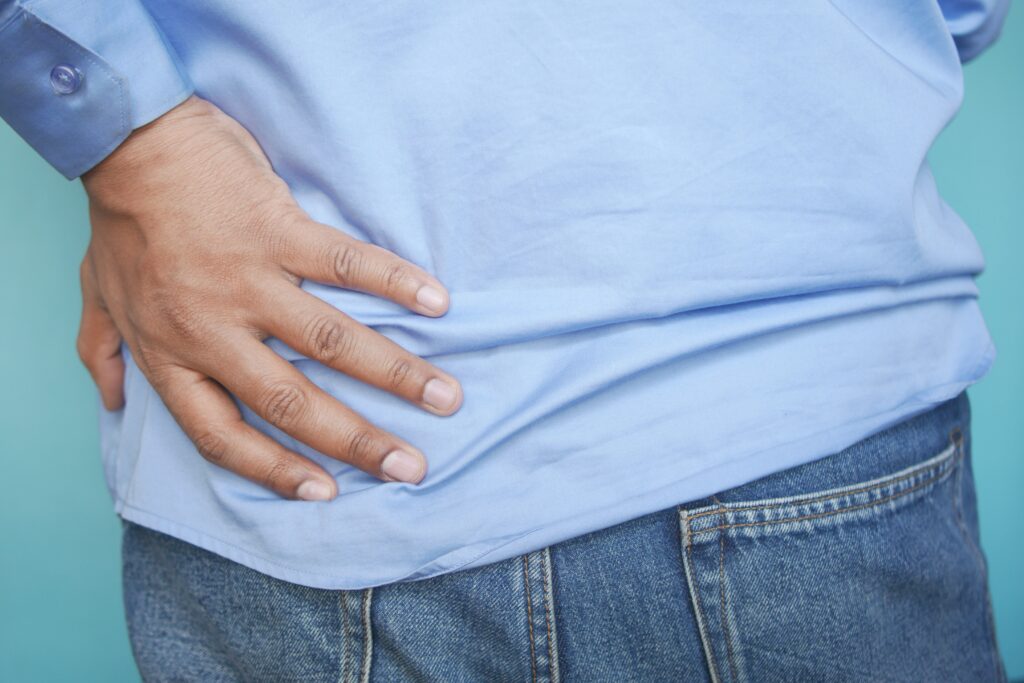The Benefits of Physical Therapy for Glute Strain and Tendinopathy Recovery
Introduction
Physical therapy is crucial when it comes to recovering from a glute strain or tendinopathy. A proper diagnosis and treatment plan are essential for a successful recovery. Physical therapists have a high level of expertise in evaluating, diagnosing, and treating musculoskeletal conditions, including glute strains and tendinopathies.
In this article, we will explore how physical therapy can help people recover from these types of injuries. We will discuss what to expect during a physical therapy session, the types of exercises that might be prescribed, and the duration of the recovery process. With the right guidance from a physical therapist, individuals can achieve full recovery and return to their daily activities without pain or discomfort.
What to Expect at Physical Therapy
When you start physical therapy after experiencing a glute strain or tendinopathy, an evaluation is done to determine the type of injury so the right treatment plan can be put in place. Your physical therapist may ask when the pain started, which activities tend to worsen the pain, and if you have noticed swelling or bruising in the area.
To gain a better understanding of your situation, your physical therapist will undertake tests like range of motion testing and postural analysis. These tests not only help them assess the extent of your injury, but they also help determine other factors that may contribute to your injury. Having all this information helps your physical therapist create a treatment plan suited to your unique needs.
Throughout your physical therapy sessions, your physical therapist will continuously evaluate your progress and may make adjustments to your treatment plan as needed to ensure you recover as quickly and safely as possible.
What Types of Exercises You Might Do
Exercises for glute strains or tendinopathies:
- Side-lying hip abduction: strengthens the muscles on the side of your hips, which are important for stabilizing your pelvis during dynamic movements like running.
- Single leg bridging: targets the glutes and core muscles, essential for maintaining a good posture and balance while running.
- Hamstring stretches: important for keeping your hamstrings flexible and preventing injury.
- Adductor stretches: help to maintain flexibility in the muscles on the inner side of your legs, which can become tight from running.
- Heel slides: target the hamstrings, hip flexors, and glutes, helping to improve flexibility and strength in these important areas.
These exercises can strengthen and improve the function of surrounding muscles and tendons, reduce pain and swelling, and promote healing while improving the range of motion. Remember to follow a rehabilitation plan tailored by your physical therapist.
How Long Recovery Takes
The length of time it takes for recovery from a glute strain or tendinopathy can vary depending on the severity of your injury and other factors such as age, health history, etc. Generally speaking, recovery time can range from a few weeks to several months. During this period it is important to be patient with yourself and listen to your body in order to give yourself the best chance for success.
How Physical Therapy Prevents Reinjury
Physical therapy plays an important role in preventing reinjury after recovering from a glute strain or tendinopathy. Your physical therapist can create an exercise program specifically designed to improve your strength, stability, and range of motion in order to help you reduce the risk of reinjury. They may also provide education on proper form and technique for activities that may put a strain on your glute muscles or tendons.
Conclusion
Physical therapy is a great way to manage pain, improve strength and function, and prevent reinjury after experiencing a glute strain or tendinopathy. By working with a qualified physical therapist, you can develop an individualized treatment plan tailored to suit your needs and lifestyle that will give you the best chance of success in recovery.

